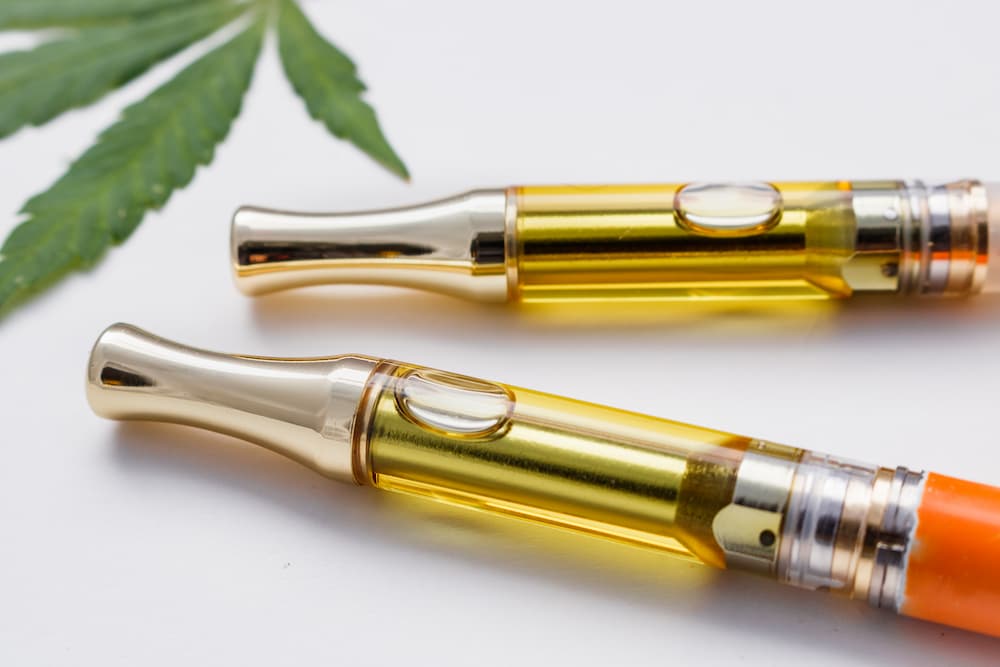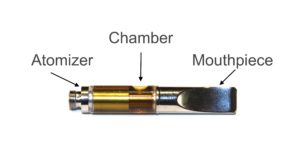On Friday, June 28th, SWC Arizona will be celebrating 6 years serving Arizona patients. This is a proud moment for our team and we’re grateful to our patients in Prescott and Tempe for sharing this journey with us. As a thank you, we’ll be featuring an exciting line-up of specials at both dispensaries on 6/28/19. Please see below for details and we’ll hope to see you there!
Prescott Anniversary Promotions

Tempe Anniversary Promotions

 SWC Arizona would like to personally invite you to take part in a focus group on Wednesday, January 30th to discuss your opinions about cannabis and your experience with us. We’re offering each participant a $40 and a swag bag for your time and thoughts. The focus group will last no longer than 90 minutes and all shared information will be kept highly confidential. Learn more about
SWC Arizona would like to personally invite you to take part in a focus group on Wednesday, January 30th to discuss your opinions about cannabis and your experience with us. We’re offering each participant a $40 and a swag bag for your time and thoughts. The focus group will last no longer than 90 minutes and all shared information will be kept highly confidential. Learn more about  The documented medical use of cannabis dates back thousands of years, but modern science is just beginning to reveal the fascinating story of how cannabis evolved into the plant we know today.
The documented medical use of cannabis dates back thousands of years, but modern science is just beginning to reveal the fascinating story of how cannabis evolved into the plant we know today.  Previous research has
Previous research has 

